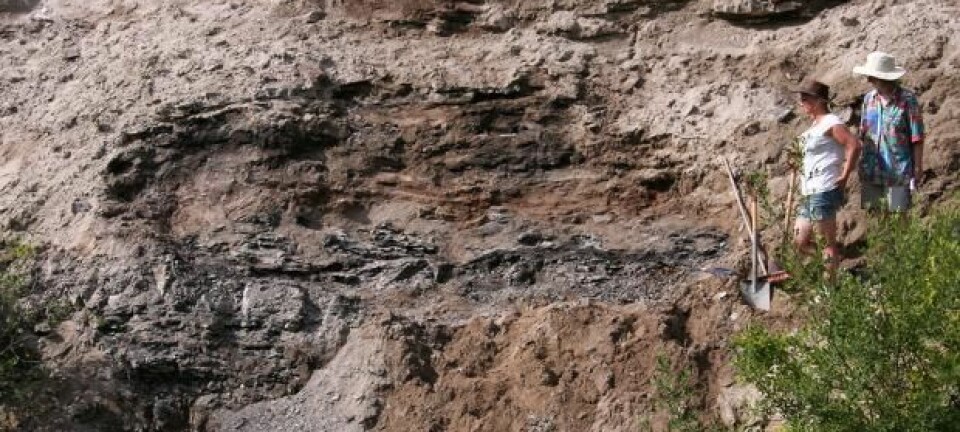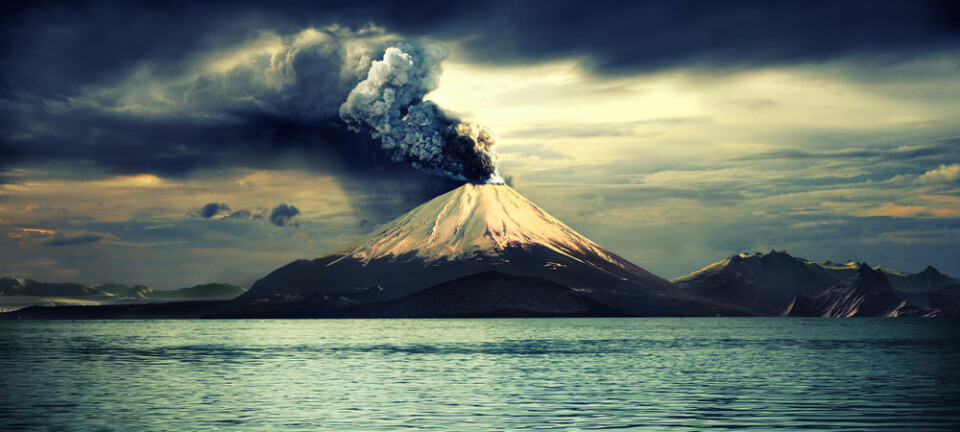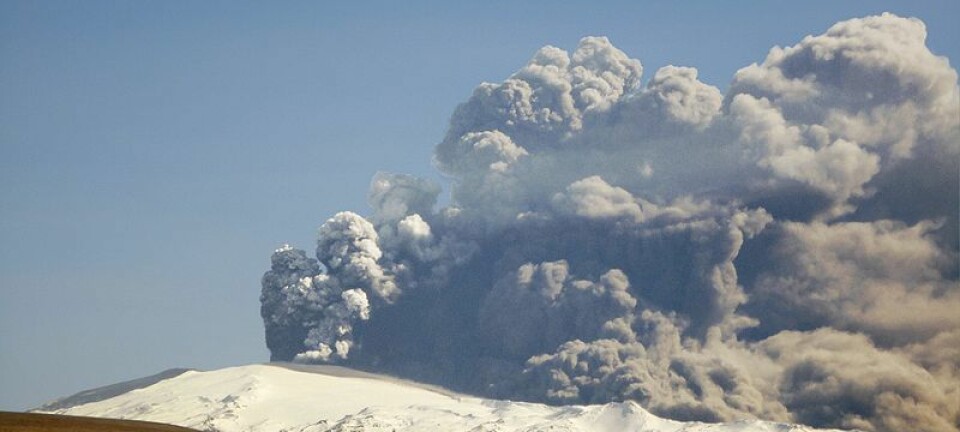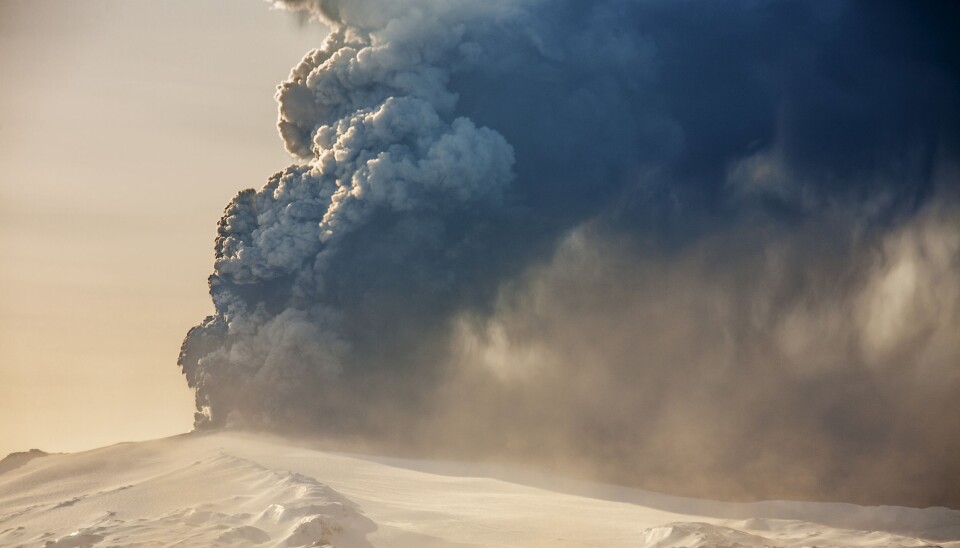
Volcanic eruptions hastened the end of the last ice age
... by punching a hole in the ozone layer above Antarctica.
A series of massive volcanic eruptions in West Antarctica 18,000 years ago might have hastened the end the last ice age.
In a new study, scientists argue that the eruptions caused a giant hole in the ozone layer to form, which increased the atmospheric temperature in Antarctica. This could help explain the sudden and dramatic climate changes that occurred around the time of the demise of the last ice age.
“The eruptions happened at a time when the Ice Age was already ending—both hemispheres were showing increasing temperatures from around 19,000 years ago—but this event really sped up the process,” says co-author Jørgen Peder Steffensen.
The volcanic eruptions lasted for almost 200 years and emitted vast quantities of ozone-degrading elements high into the atmosphere, setting into motion a chain of climatic events that characterise the end of the last ice age.
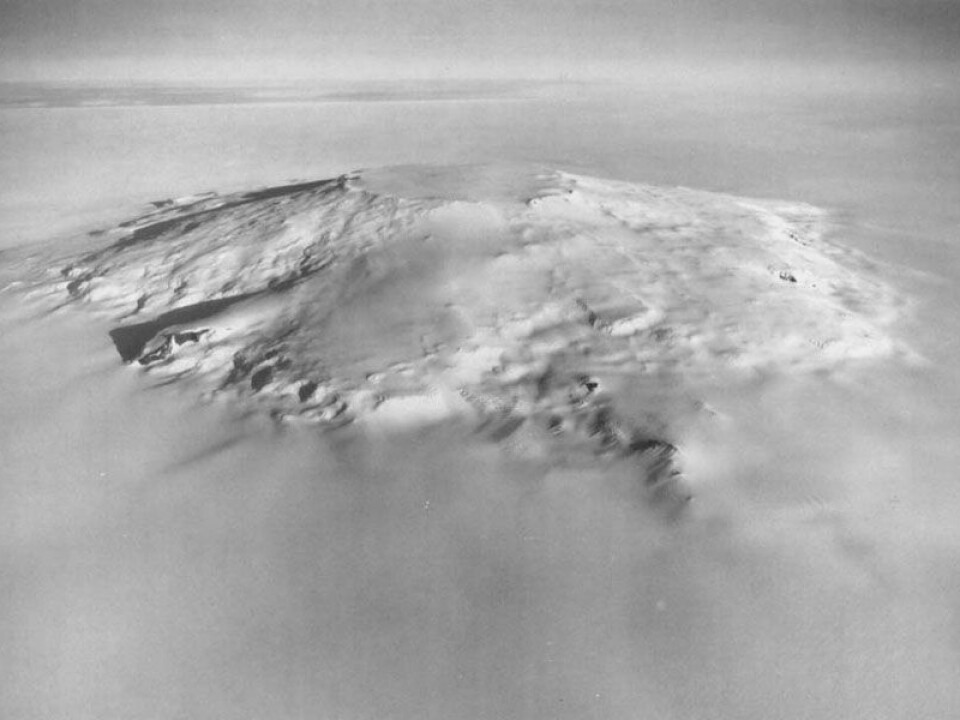
“The main message of the paper is that the climate sometimes only needs a relatively small push to flip it from one state to another. We should remember this today,” says Steffensen, an associate professor at the centre for Ice and Climate at the Niels Bohr Institute, University of Copenhagen, Denmark.
“A compelling study”
“This is a very compelling study,” says climate scientist, Nerilie Abram from the Australian National University.
While there is still a lot to learn from all the evidence presented in the new study, the ability of large volcanic eruptions to impact on the ozone layer in this way is “quite astounding,” she says.
“If a similar volcanic episode were to happen today—and there is no reason why it couldn’t—the effects on rainfall and climate conditions across the Southern Hemisphere could be severe and last for many generations.”
How can volcanic eruptions warm the climate?
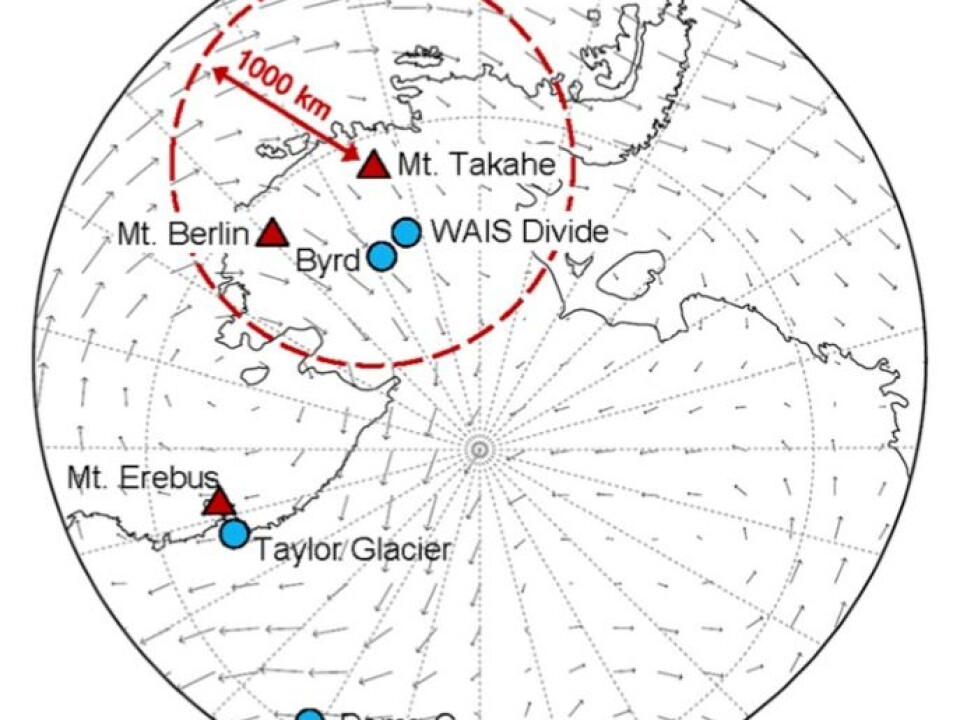
Volcanoes are more often associated with cooling the climate as the ash that they throw up into the atmosphere can shade us from the sun for years at a time, says climate scientist Marit-Solveig Seidenkrantz from Aarhus University, Denmark, who is an expert on the causes of climate change today and in the Earth’s past.
But volcanic eruptions also contain elements, known as halogens, which degrade ozone. These same elements are also found in the now banned chemical compounds that caused the modern day hole in the ozone layer.
If enough of these compounds reach the stratosphere—the layer of the atmosphere in which the ozone layer exists—then they can start to attack the ozone layer itself, says Seidenkrantz.
This would require a very powerful eruption, and the suggestion that such an event occurred in Antarctica all these years ago and hastened the end of the last ice age, is an “intriguing idea to be tested further,” she says.
50-year old ice core held the answers all along
Scientists first stumbled on evidence of a volcanic eruption in Antarctica almost 50 years ago, when they drilled the Byrd ice core in 1968. The sudden changes in the chemistry of the core at about the time of the eruption were so dramatic that they initially mistook them for contaminated ice.
“It looked like an accident had happened—as if someone had spilt acid on it,” says Steffensen.
It was not until the 1990s that scientists re-analysed it and discovered that this strange chemistry was not only real, but that it was a record of approximately 200-years of volcanic activity. However, at this stage, they still didn’t know which volcanoes had erupted or how the eruption related to the final demise of the ice age.
Identified the volcano
The scientists re-analysed the original ice core, along with new cores collected as part of a US-funded project (the West Antarctic Ice Sheet Divide ice core project).
They discovered volcanic ash preserved in all of the cores, which they traced to Mount Takahe, a volcano just a few hundred kilometres west of the original ice core.
“We couldn’t really believe what we found in an ice core that we’ve had in storage for almost 30 years. And now it’s confirmed by the other ice cores in Antarctica, so there’s no doubt that this is a record of a massive and almost 200-year-long volcanic eruption,” says Steffensen.
A chain of events mark the demise of the last ice age
Chemical analyses of the ice cores also revealed that Mount Takahe pumped vast quantities of halogens into the atmosphere. At the same time, Antarctica was bombarded with increased UV-radiation.
All of this suggests that the ozone layer had degraded enough to form a large hole above Antarctica, allowing UV-radiation to flood in and warm the lower atmosphere.
Crucially, all of this seem to happen just before the chain of dramatic climatic events that characterise the end of the last ice age: Changes in atmospheric circulation and sea ice, rising CO2 as ocean conditions changed, and increasing temperatures.
“We collected all this evidence together—from the ice cores and elsewhere—and we see that everything happens so close to this volcanic eruption that it becomes really hard to believe that this just simply is a coincidence,” says Steffensen.
The scientists also ran computer simulations to investigate how the climate at that time would respond to a large hole in the ozone layer, which further supported their conclusions.
Colleagues: A great study, but questions remain
A number of scientists have described the study as “interesting” and “fascinating,” but many questions remain, they say.
“I think it's a great study,” says Professor Kurt Cuffey, a glaciologist and climate scientist from the University of California, Berkeley. “But it's not absolutely definitive.”
“Coincidences do occur in nature, and there are probably other scenarios that could be consistent with all the data -- but it's a strong enough argument that I will view it as a "best hypothesis" at present,” he says.
Climate modeller Steven J. Phipps from the University of Tasmania, Australia, is impressed with the “impressive array of data” and the author’s “plausible hypothesis that appears to be supported by the data.”
But some aspects of their conclusions are still speculative, he says.
“It's an intriguing hypothesis that emissions from Mount Takahe could generate an ozone hole. This hypothesis would be worth testing with an atmospheric chemistry model,” says Phipps.
